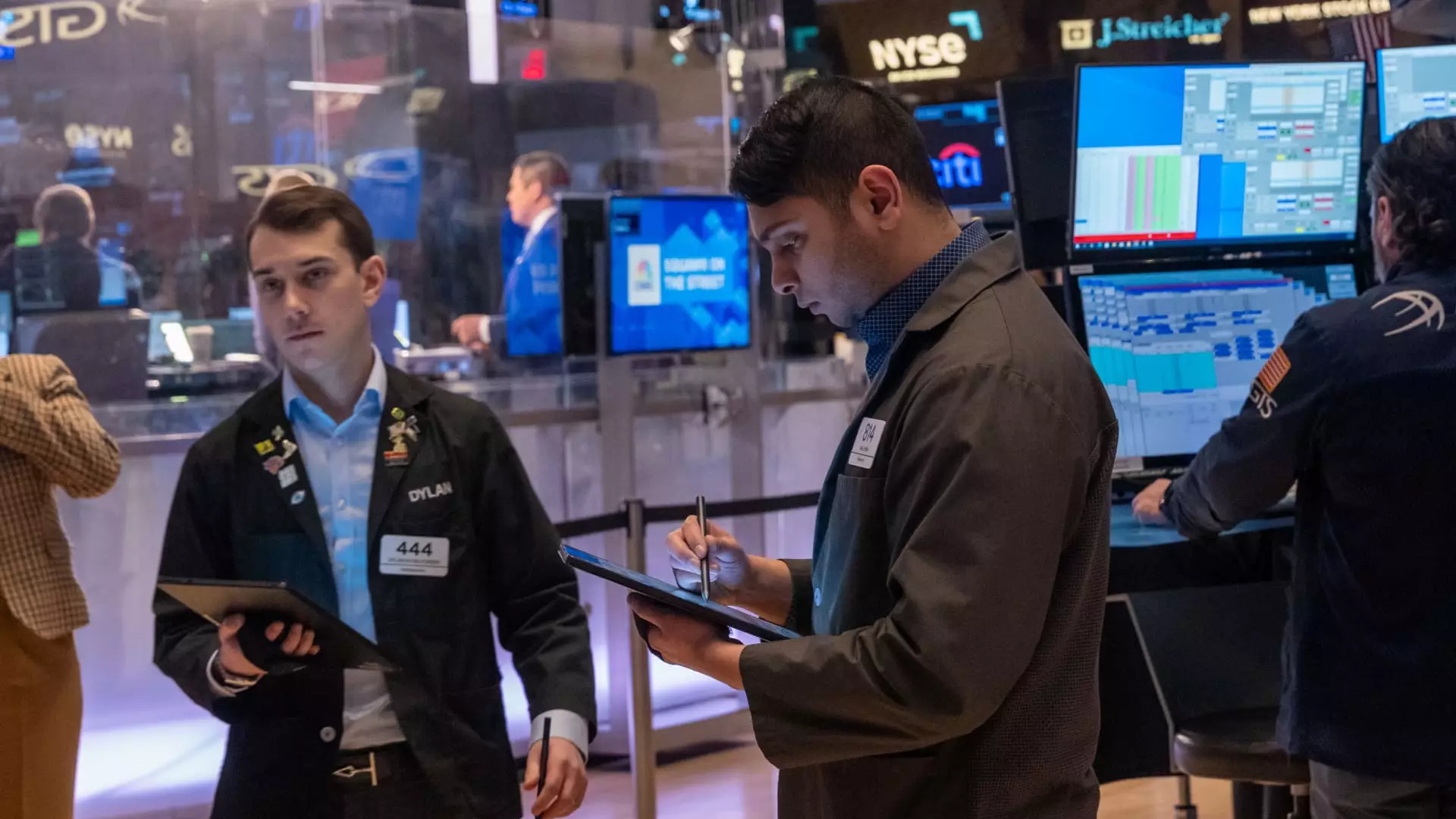An unsettling fog of uncertainty looms over the stock market, and savvy investors might be making a grave mistake in underestimating the risks associated with tariffs. As highlighted by Mandy Xu of CBOE Global Markets, what is currently being perceived as isolated stock risk may, in fact, be a treacherous macroeconomic issue in disguise. The seemingly benign optimism, pushed by the stock market’s inertia, is unsettling. It stands on shaky ground, threatening a ripple effect across the economy if corrective measures are not put in place soon.
The stock market’s recent sell-off could be an early indicator of this impending turmoil, which many still fail to grasp. Xu’s observation that stocks are trying to isolate winners and losers from President Trump’s tariff declarations underscores a more profound issue: the market’s detachment from what these tariffs truly represent for economic health. The U.S. administration’s escalating trade disputes have placed a proverbial cloud over investor sentiment, and the current calm may well be the eye of a storm.
In stark contrast to the stock markets, the bond market has been eerily attuned to underlying economic anxieties, responding more promptly to turbulence than the often-erratic stock sector. Xu’s assertion suggests that this divergence could soon converge dramatically. The bonds’ sobering forecast is not just a whisper of uncertainty; it’s a herald for a potentially bearish economic tide. Such reactions indicate that investors in fixed-income instruments are not buying into the sugary narratives sold by equities, instead choosing to brace for what they believe could be an inevitable downturn.
The happening rise of the CBOE Volatility Index (VIX) – a direct reflection of market unease – should be taken as a serious warning sign. A spike of 16% suggests that volatility is not just a momentary twitch but rather an unsettling acknowledgement of the broader economic anxiety drifting beneath the surface. When the S&P 500 tiptoes towards negative territory for the year, and the Nasdaq teeters closer to correction than growth, alarm bells should be sounding loudly enough to rouse even the most complacent of investors.
According to Xu, while the stock market has shown elevated hedging activity in the face of these tariff warnings, it could indicate two starkly different realities. On one hand, it showcases prudent risk management strategies amid economic turmoil, but on the other, it begs the question: Are investors simply responding to panic? Record volumes in S&P 500 zero-days-to-expiration options hint at a community caught between optimism and sheer nervousness.
The nature of these hedges reveals a troubling truth; the financial landscape is fraught with unpredictability. Whenever headlines surface regarding tariffs, investors are left in a constant state of flux, questioning whether the implications could vanish as swiftly as they appeared. This uncertainty can be crippling, leading to disengagement from what were previously sound investment strategies, as markets become more concerned with guarding against potential losses rather than fostering growth.
Perhaps the most alarming implication lies not just in tariffs but in their knock-on effects on consumer demand. As Xu suggests, the simultaneous trend of substantial federal workforce reductions adds another layer of complexity. The question of how a shrinking workforce will influence consumer spending is pivotal in connecting these dots. If the job market experiences significant layoffs alongside tariff-induced price hikes, a demand shock could catalyze a sharper economic contraction than what many market watchers currently assess.
Consumer sentiment, heavily tied to employment status, will play a crucial role in determining whether we are entering a phase of protracted stagnation or outright recession. The forthcoming employment report from the U.S. Bureau of Labor Statistics will serve as an essential litmus test for gauging the health of the economy—how consumers are adapting, spending, and reacting in real-time to the dual pressures of tariffs and workforce reductions.
Overall, the stock market might be cruising on a wave of misplaced confidence. With tariff-induced volatility looming and bond market indicators signaling caution, investors would be wise to consider the broader economic implications before diving headfirst into the next market rally. The time for investors to take heed of these warning signs is now, before they find themselves caught in the tempest of a potentially devastating economic backlash.

